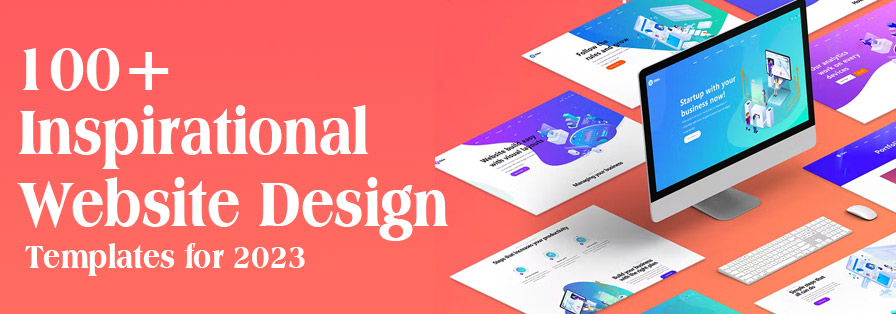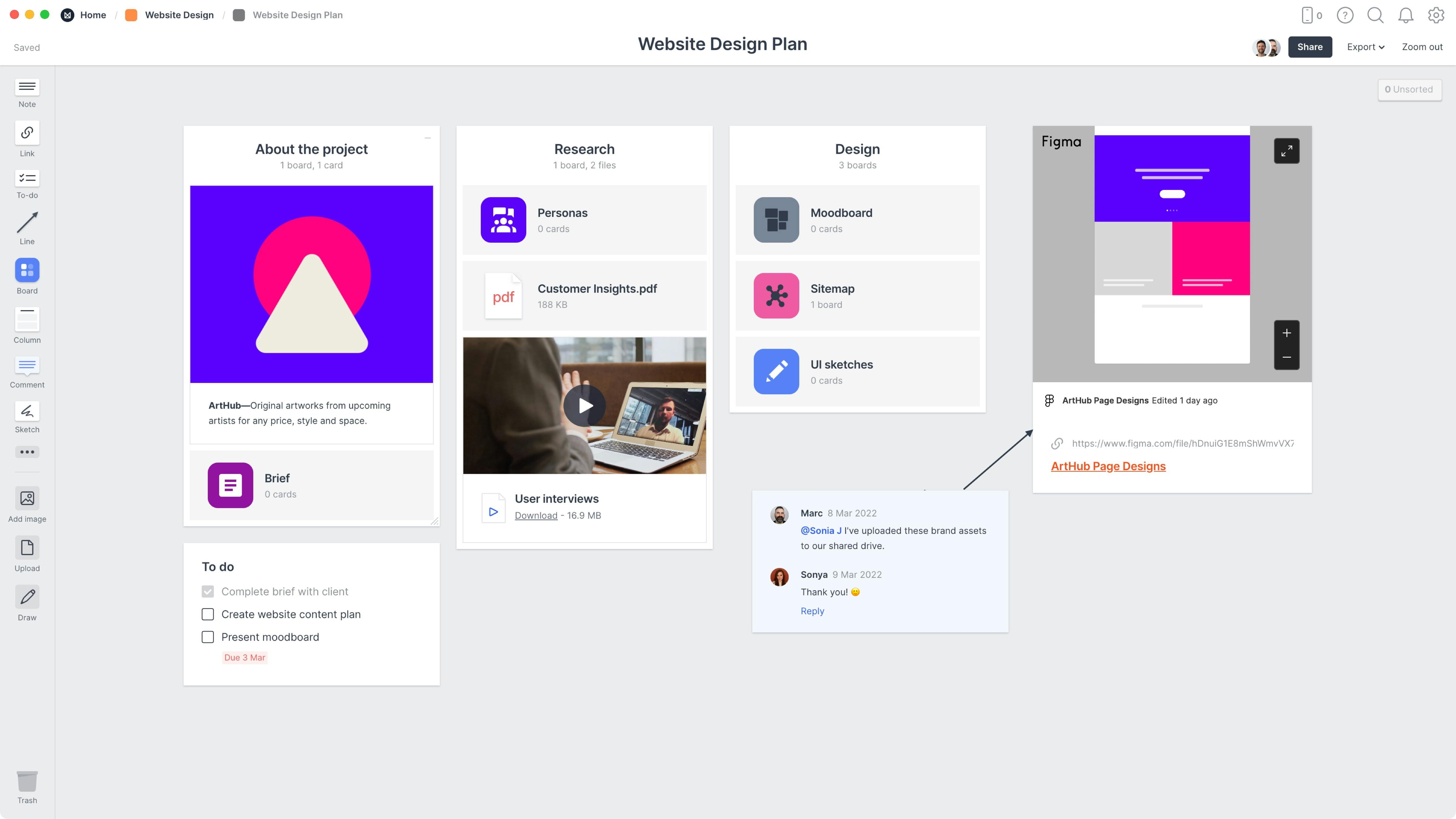The Influence of User Experience on Your Website Design Technique
The Influence of User Experience on Your Website Design Technique
Blog Article

Crafting a User-Friendly Experience: Important Elements of Efficient Web Site Design
Important elements such as a clear navigating framework, responsive design concepts, and fast loading times offer as the structure for engaging individuals properly. Recognizing the hidden variables that contribute to effective layout can drop light on how to enhance customer satisfaction and interaction.
Clear Navigation Framework
A clear navigating structure is essential to effective website style, as it directly influences user experience and interaction. Users must be able to situate info effortlessly, as instinctive navigation reduces irritation and urges expedition. A well-organized layout permits visitors to comprehend the relationship in between different web pages and web content, causing longer site brows through and enhanced communication.
To accomplish quality, designers must employ acquainted patterns, such as top or side navigating bars, dropdown food selections, and breadcrumb tracks. These aspects not only improve use yet likewise provide a feeling of positioning within the site. Maintaining a consistent navigation structure across all pages is crucial; this experience aids customers prepare for where to discover desired info.
It is also necessary to restrict the number of food selection things to stay clear of frustrating customers. Focusing on one of the most vital areas and using clear labeling will certainly lead site visitors successfully. In addition, including search capability can additionally aid individuals in finding certain material rapidly (website design). In summary, a clear navigating framework is not simply a style option; it is a critical aspect that dramatically impacts the total success of an internet site by cultivating a effective and satisfying customer experience.
Responsive Design Concepts
Reliable site navigating sets the stage for a smooth customer experience, which ends up being even a lot more crucial in the context of responsive design concepts. Responsive layout makes certain that websites adjust fluidly to different display dimensions and positionings, improving ease of access across tools. This flexibility is achieved with versatile grid layouts, scalable photos, and media questions that permit CSS to adjust styles based on the gadget's features.
Key concepts of responsive style consist of liquid formats that use portions instead than dealt with units, ensuring that elements resize proportionately. Additionally, using breakpoints in CSS allows the style to transition efficiently in between various device sizes, enhancing the design for every screen type. The use of responsive pictures is likewise essential; images should automatically adapt to fit the display without shedding high quality or triggering format changes.
In addition, touch-friendly interfaces are essential for mobile individuals, with effectively sized switches and instinctive motions enhancing customer communication. By incorporating these principles, designers can create websites that not just look visually pleasing however also give useful and interesting experiences across all gadgets. Inevitably, efficient receptive design cultivates user complete satisfaction, reduces bounce prices, and encourages much longer interaction with the content.
Rapid Loading Times
While individuals increasingly anticipate internet sites to pack rapidly, quick filling times are not simply a matter of convenience; they are essential for preserving visitors and boosting overall customer experience. Research study shows that individuals generally abandon web sites that take longer than three secs to tons. This desertion can cause boosted bounce prices and decreased conversions, inevitably harming a brand name's reputation and profits.
Quick loading times improve customer engagement and satisfaction, as visitors are extra likely to explore a site that reacts promptly to their interactions. Furthermore, search engines like Google visit here focus on speed in their ranking algorithms, meaning that a slow-moving web site may have a hard time to attain presence in search results.

Instinctive Interface
Rapid loading times lay the foundation for an engaging online experience, yet they are only component of the equation. An intuitive interface (UI) is necessary to guarantee visitors can navigate a website effortlessly. A well-designed UI permits individuals to attain their purposes with minimal cognitive tons, cultivating a smooth interaction with the site.
Crucial element of an intuitive UI include constant design, clear navigating, and recognizable icons. Consistency in style components-- such as color design, typography, and switch styles-- assists customers comprehend just how to interact with the site. Clear navigation structures, consisting of logical menus and breadcrumb trails, allow individuals to discover information quickly, lowering stress and enhancing retention.
Additionally, feedback devices, such as hover impacts and filling indicators, inform individuals regarding their actions and the website's reaction. This transparency grows depend on and motivates continued interaction. Prioritizing mobile responsiveness makes certain that customers appreciate a cohesive experience throughout devices, providing to the diverse ways target markets gain access to content.
Accessible Material Guidelines

First, utilize clear and try these out simple language, avoiding jargon that may confuse viewers. Highlight appropriate heading structures, which not just help in navigation yet additionally assist screen viewers in translating content hierarchies efficiently. Additionally, provide different message for images to share their definition to individuals who rely on assistive technologies.
Comparison is another vital element; guarantee that text attracts attention versus the history to enhance readability. Guarantee that video clip and audio material includes captions and records, making multimedia accessible to those with hearing disabilities.
Lastly, incorporate key-board navigability right into your layout, enabling customers who can not make use of a mouse to accessibility all site features (website design). By adhering to these obtainable content guidelines, web developers can develop comprehensive experiences that deal with the requirements of all customers, ultimately improving customer engagement and complete satisfaction
Conclusion
Finally, the integration of vital components such as a clear navigating structure, responsive layout concepts, quick loading times, an intuitive user interface, and accessible web content standards is crucial for producing an easy to use site experience. These elements collectively enhance usability and interaction, making certain that users can easily navigate and interact with the website. Prioritizing these layout elements not only enhances total satisfaction yet additionally promotes inclusivity, fitting varied customer requirements and choices in the electronic landscape.
A clear navigation structure is basic to efficient website layout, as it directly affects user experience and involvement. In summary, a clear navigating structure is not simply a design option; it is a calculated aspect that substantially influences the general success of a web site by fostering a enjoyable and efficient user experience.
In addition, touch-friendly interfaces are crucial for mobile customers, with properly sized buttons and intuitive gestures improving customer communication.While users significantly expect sites to pack promptly, quick filling times are not just a matter of benefit; they are essential for keeping visitors and improving total individual experience. website design.In final thought, the assimilation of necessary components such as a clear navigating structure, responsive layout concepts, quickly packing times, an intuitive a fantastic read individual interface, and easily accessible material guidelines is essential for developing an user-friendly website experience
Report this page